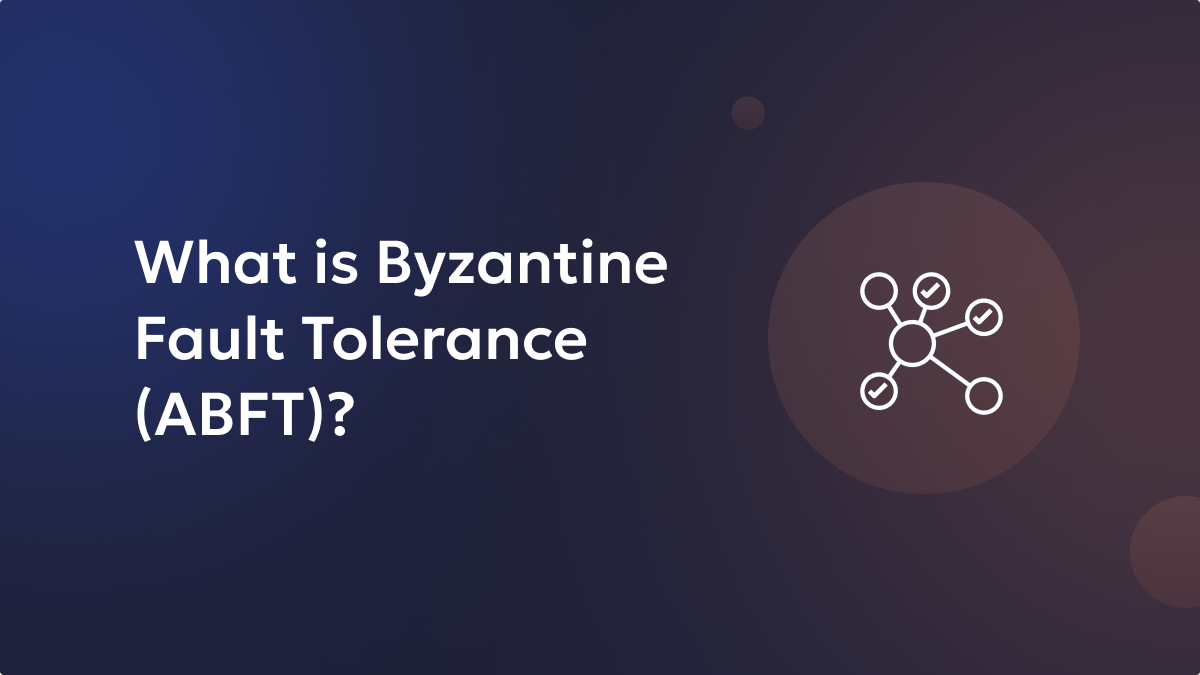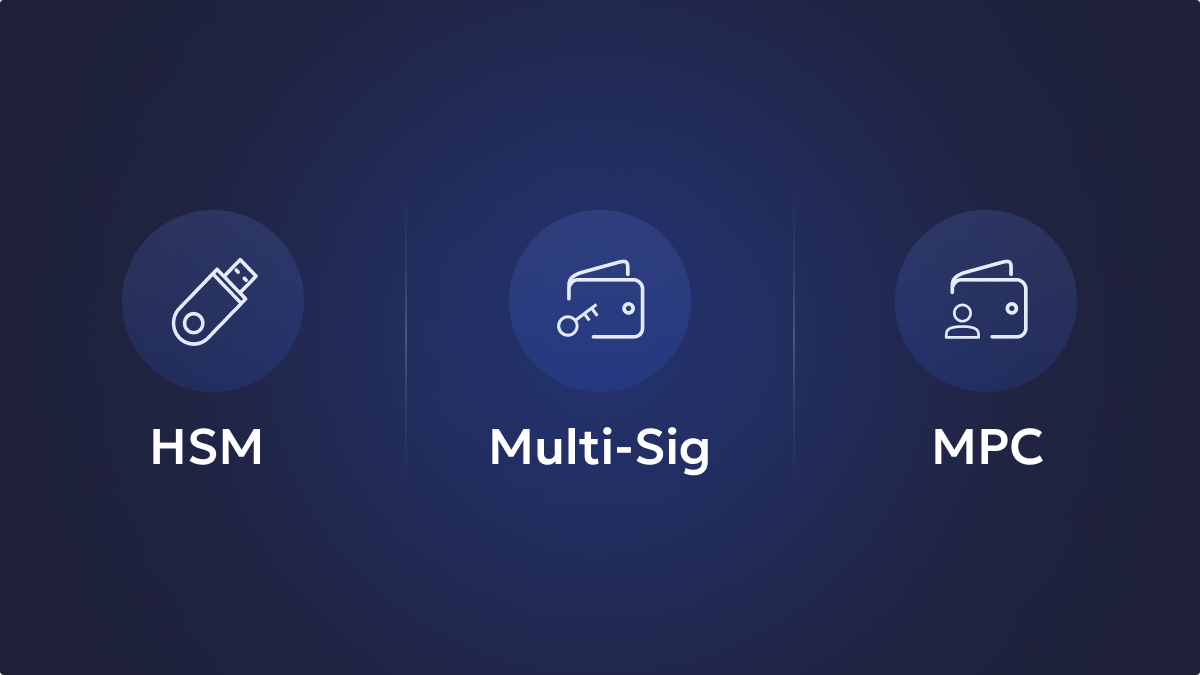Byzantine Fault Tolerance (BFT) is a crucial concept in distributed computing and blockchain technology. It ensures that a system can continue to operate correctly even if some of its components fail or act maliciously. The term originates from the “Byzantine Generals’ Problem,” which describes a scenario where actors must reach a consensus despite the presence of unreliable participants.
Key Takeaways
- BFT ensures system reliability despite faulty or malicious components.
- ABFT is an advanced variant of BFT that allows consensus without fixed message delivery times.
- BFT and ABFT are essential for the integrity and security of blockchain and other distributed systems.
What is Byzantine Fault Tolerance (BFT)?
Byzantine Fault Tolerance (BFT) is a critical concept in distributed computing and blockchain technology. It ensures that a system can continue to operate correctly even if some of its components fail or act maliciously. The term originates from the “Byzantine Generals’ Problem,” which describes a scenario where actors must reach a consensus despite the presence of unreliable participants.
Byzantine Generals’ Problem:
Imagine several Byzantine generals surrounding a city. They must decide to attack or retreat but can only communicate via messengers. Some generals or messengers might be traitors, spreading false information. The challenge is to reach a unanimous decision despite these faults. BFT algorithms address this problem by ensuring that loyal generals (nodes) can reach a consensus even if some are unreliable.
How BFT Applies to Blockchain:
In blockchain networks, nodes must agree on the validity and order of transactions. BFT ensures that the network can reach consensus despite the presence of faulty or malicious nodes. This is essential for maintaining the integrity and security of the blockchain.
How Byzantine Fault Tolerance (ABFT) Works
Asynchronous Byzantine Fault Tolerance (ABFT) is an advanced variant of BFT. ABFT enhances traditional BFT by allowing nodes to reach consensus without presuming a fixed time limit for message delivery. This characteristic makes ABFT exceptionally robust under real-world conditions, where network delays and message losses are common occurrences.
Key Features of ABFT
- Message Latency Independence: ABFT systems do not rely on the assumption that messages are delivered within a specific time frame. This independence from fixed message latency significantly enhances their resilience to network delays and disruptions.
- High Fault Tolerance: ABFT systems can tolerate up to one-third of nodes behaving maliciously or failing. This high level of fault tolerance ensures a robust and reliable consensus process even in the presence of adverse conditions.
- Security and Fairness: ABFT guarantees that honest nodes will agree on the timing and order of transactions, providing a system that is both secure and fair. This is critical for maintaining trust and integrity within the network.
Consensus Mechanism:
In ABFT, nodes communicate their states and transactions asynchronously. This asynchronous communication is underpinned by cryptographic techniques that ensure all nodes eventually agree on a common set of transactions, despite any delays or losses in message delivery. The consensus process in ABFT involves several key steps:
1. Transaction Proposal: Nodes propose transactions to be added to the blockchain. Each node independently initiates proposals based on the transactions it receives.
2. State Exchange: Nodes exchange information about their current state and the transactions they have received. This exchange of information occurs asynchronously, without a fixed timeline.
3. Validation and Agreement: Nodes validate the received information and reach an agreement on the next set of transactions to be added to the blockchain. This validation process involves cryptographic verification to ensure the integrity and authenticity of the transactions and states.
Advantages of ABFT
- Resilience to Network Issues: ABFT’s independence from fixed message latency makes it particularly suitable for real-world applications where network conditions are variable and unpredictable. It can handle network partitions, delays, and losses without compromising the consensus process.
- Enhanced Security: By tolerating up to one-third of nodes being malicious or faulty, ABFT provides a high level of security against various types of attacks. This tolerance level is critical for maintaining the integrity and reliability of the system, especially in hostile environments.
- Scalability: ABFT’s ability to operate asynchronously and independently of fixed message latencies allows it to scale efficiently. This scalability makes ABFT suitable for large and complex blockchain networks, where the number of nodes and transactions can be substantial.
Applications of Byzantine Fault Tolerance
Cryptocurrencies:
ABFT is employed in numerous blockchain platforms to ensure secure and fair transaction processing. The decentralized and trustworthy nature of ABFT is crucial for the success of cryptocurrencies, as it helps maintain a secure and resilient network. This ensures that transactions are processed fairly and transparently, enhancing the overall trust in the cryptocurrency system.
Distributed Databases and Storage Systems:
Beyond blockchain, ABFT finds applications in various distributed systems where consensus is critical. This includes distributed databases, cloud computing systems, and other applications that require reliable and secure state synchronization across multiple nodes. In these systems, ABFT’s robustness and fault tolerance ensure that they can operate smoothly even under adverse conditions.
Challenges and Limitations of BFT
While BFT and ABFT provide significant advantages, they also face challenges and limitations:
1. Complexity: Implementing BFT algorithms can be complex and resource-intensive.
2. Communication Overhead: The need for extensive communication between nodes can lead to increased latency and reduced efficiency.
3. Scalability: Although ABFT improves scalability, it may still face challenges in extremely large networks with high transaction volumes.
Most Popular BFT-Based Blockchain Platforms
Here are six notable blockchain platforms that utilize Byzantine Fault Tolerance (BFT) mechanisms to ensure reliability and security.
- Bitcoin: Bitcoin integrates Byzantine Fault Tolerance through its Proof of Work (PoW) consensus protocol. This protocol requires all nodes to validate various aspects of each block, including its data structure, size, timestamp, header hash, and the initial transaction. This validation, known as data hashing, relies on substantial computational power to ensure the network’s integrity.
- Ethereum: Ethereum, initially using PoW, has transitioned to a Proof of Stake (PoS) system to address Byzantine issues more effectively. In this PoS model, validators stake Ether tokens and are selected based on their honesty to process transactions and validate blocks. This staking requirement makes malicious activities prohibitively expensive, thereby securing the network.
- EOS: The EOSIO blockchain employs a combination of asynchronous Byzantine Fault Tolerance (aBFT) and Delegated Proof of Stake (DPoS) mechanisms. The aBFT layer confirms each transaction block until it is deemed the last irreversible block (LIB). Subsequently, the DPoS layer finalizes the LIB as the permanent block, ensuring robust consensus and network integrity.
- Ripple: Ripple uses the XRP Ledger Consensus Protocol, which is a Byzantine Fault-Tolerant mechanism distinct from PoW and PoS. This protocol allows the blockchain to function effectively as long as fewer than 20% of validators are untrustworthy. This design helps prevent double-spending and maintains the integrity of the blockchain.
- Kadena: Kadena’s ScalableBFT consensus mechanism combines Bitcoin’s PoW system with a network of decentralized, parallel blockchains. Known as “Chainweb,” this setup enhances energy efficiency, scalability, and security, enabling Kadena to handle up to 480,000 transactions per second (TPS) across 20 concurrent chains.
- Quorum: Quorum uses the Istanbul Byzantine Fault Tolerance (IBFT) consensus mechanism. In this system, a pool of validators is assigned voting rights, with one node designated as the proposer to initiate block confirmation. The other nodes validate the block, and if more than one-third of the validators act maliciously, the block is rejected and not added to the chain.
Conclusion
Byzantine Fault Tolerance, and more specifically Asynchronous Byzantine Fault Tolerance, is a foundational concept for ensuring the reliability and security of distributed systems. ABFT’s ability to handle network delays and tolerate malicious nodes makes it particularly well-suited for real-world applications, from blockchain networks to broader distributed computing environments. Understanding and implementing ABFT is crucial for developers and engineers working on these advanced systems.






